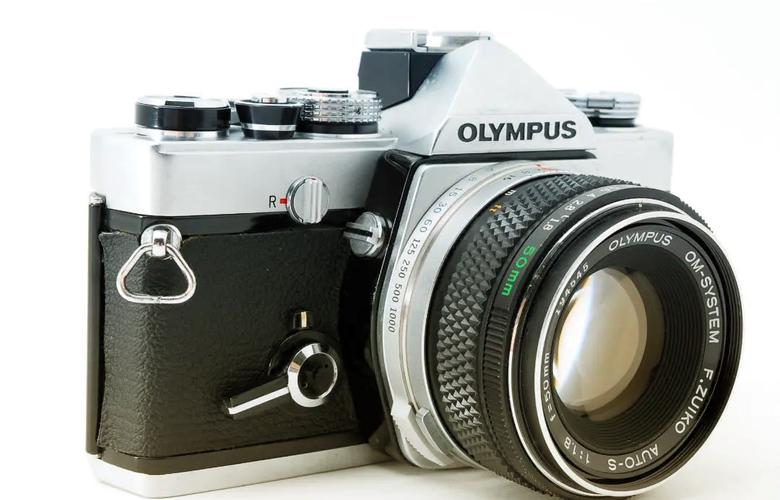Olympus OM-D Specifications: A Comprehensive Overview
When it comes to compact system cameras, the Olympus OM-D series stands out as a testament to the brand’s commitment to innovation and quality. Designed for both professionals and enthusiasts, the OM-D cameras offer a blend of advanced features, sleek design, and exceptional image quality. In this detailed guide, we will delve into the specifications of the Olympus OM-D series, highlighting its key features and capabilities.
Design and Build Quality
The Olympus OM-D cameras are known for their compact and lightweight design, making them an ideal choice for travel photography. The body is constructed from magnesium alloy, ensuring durability and resistance to corrosion. The cameras also feature a weather-sealed design, allowing them to withstand harsh weather conditions.
| Model | Body Material | Weight (g) |
|---|---|---|
| Olympus OM-D E-M10 Mark III | Magnesium alloy | 415 |
| Olympus OM-D E-M1 Mark III | Magnesium alloy | 576 |
| Olympus OM-D E-M5 Mark III | Magnesium alloy | 440 |
The cameras come with a variety of control dials and buttons, allowing for easy access to essential settings. The OM-D E-M1 Mark III, in particular, features a dual control dials and a mode dial, providing a seamless shooting experience.
Image Sensor and Performance
The Olympus OM-D series is equipped with a range of image sensors, catering to different needs. The most common sensor is the 20.4-megapixel Live MOS sensor, which offers excellent image quality and dynamic range. The cameras also feature a 5-axis in-body image stabilization, which helps to reduce camera shake and produce sharp images even in low-light conditions.
The OM-D E-M10 Mark III and E-M5 Mark III both feature the same 20.4-megapixel sensor, while the E-M1 Mark III boasts a 20.4-megapixel Live MOS sensor with a larger pixel size, resulting in improved low-light performance.
Autofocus and Shooting Speed
The Olympus OM-D cameras are equipped with a high-speed autofocus system, ensuring quick and accurate focusing. The E-M1 Mark III features a 121-point all-cross-type autofocus system, which covers a wide area of the frame. This system is capable of tracking moving subjects with ease, making it an excellent choice for sports and wildlife photography.

The cameras also offer a variety of shooting modes, including single-shot, continuous shooting, and silent shooting. The E-M1 Mark III can shoot up to 60 frames per second in continuous shooting mode, allowing for fast-paced action photography.
Video Capabilities
In addition to their still photography capabilities, the Olympus OM-D series offers impressive video recording features. The cameras support 4K video recording at 30p, providing high-resolution footage with minimal compression. The E-M1 Mark III also features a 5-axis in-body image stabilization for smooth video recording, even when handheld.
The cameras come with a variety of microphone options, including an external microphone port, allowing for high-quality audio recording. The E-M1 Mark III also features a built-in electronic level, ensuring stable video recording with minimal shake.
Connectivity and Battery Life
The Olympus OM-D cameras offer a range of connectivity options, including Wi-Fi and Bluetooth, allowing for easy sharing of images and remote control of the camera. The cameras also feature a USB 3.0 port, enabling fast data transfer and charging.
The battery life of the Olympus OM-D series is impressive, with the E-M10 Mark III offering up to 330 shots per charge and the E-M1 Mark III providing up to 420 shots per charge. This ensures that you can capture countless images without worrying about running out of power.
Accessories and Expandability
The Olympus OM-D series is compatible with a wide range of lenses and accessories, allowing for endless creative possibilities. The cameras use the Micro Four Thirds lens mount, which offers a vast selection of lenses from Olympus and other manufacturers.
Additionally, the cameras come with a range of accessories, including flashes,



